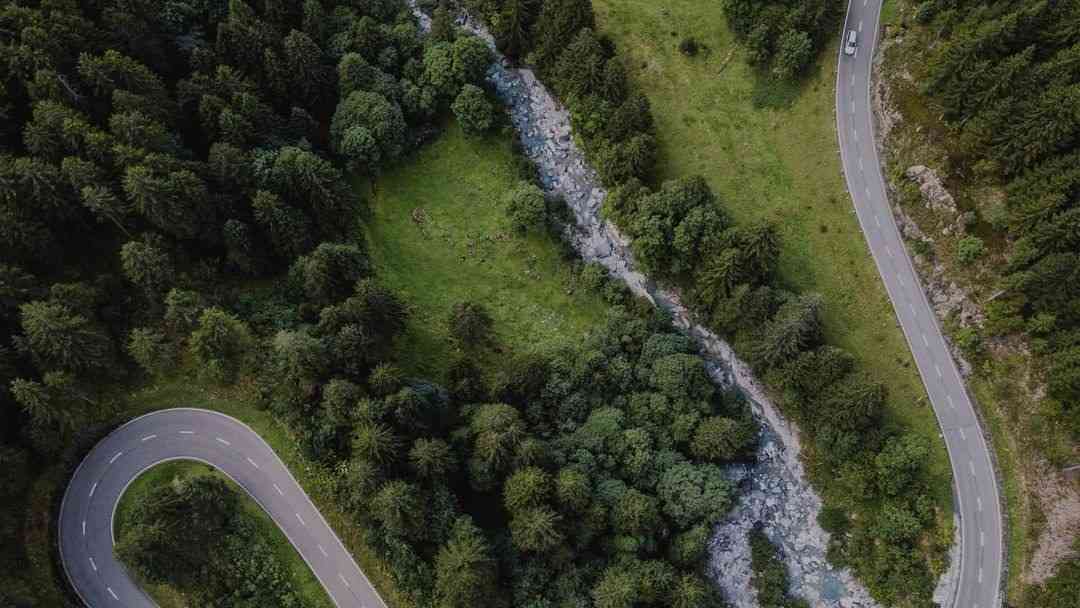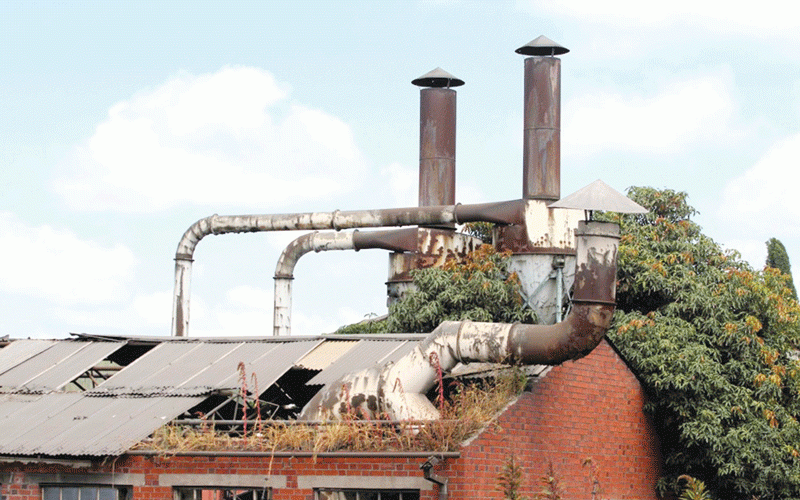
If you have recently driven between Harare and Mutare, you will appreciate the dangers the road poses for non-trade users. Freight being transported by road in this corridor is adversely impacting motorists.
There is a need to optimise Zimbabwe’s transportation infrastructure. The strategic importance of Zimbabwe’s transportation corridors cannot be overstated, particularly given its landlocked status and reliance on neighbouring countries’ ports for international trade.
The Harare–Mutare highway, a vital segment connecting the capital to the eastern border, has historically served as a crucial artery for freight movement. Its widening, which was concluded several years ago, initially celebrated as a milestone of infrastructure development, has transformed into a perilous conduit, exacerbated by the surge in long distance haulage trucks servicing Beira port.
This situation underscores an urgent need for a comprehensive re-evaluation of transportation modalities, with a particular emphasis on revitalising the Harare–Beira railway as a cost effective, efficient and safer alternative to road freight.
Historical, strategic context
Zimbabwe’s economic vitality is significantly intertwined with its access to the Indian Ocean via Beira port. As the primary gateway for imports and exports, Beira’s operational efficiency directly influences Zimbabwe’s trade competitiveness.
Historically, both road and rail have served as the backbone of freight movement between Zimbabwe and Beira. While road transport offers flexibility and speed for short to medium distances, rail has traditionally provided a more economical and reliable means for bulk commodities over longer distances.
The expansion of the Harare–Mutare highway, intended to ease congestion and improve safety, was an infrastructural milestone.
- Mavhunga puts DeMbare into Chibuku quarterfinals
- Bulls to charge into Zimbabwe gold stocks
- Ndiraya concerned as goals dry up
- Letters: How solar power is transforming African farms
Keep Reading
However, the unintended consequence has seen an increase in heavy trucks, many of which are driven by overworked drivers. The trucks are either overloaded or poorly-maintained, leading to accelerated deterioration of the road surface and creating hazardous driving conditions. This has not only compromised safety, but also increased maintenance costs and logistical inefficiencies, which end up being passed on to the final consumer.
Pros and cons of road transport
- Flexibility and accessibility: Trucks can reach destinations that are not served by rail, including rural areas, factories and border crossings. This flexibility is crucial for just-in-time deliveries and perishable goods.
- Speed over short distances: For shorter hauls, trucks often provide quicker transit times, especially in the absence of rail infrastructure or when rail schedules are inflexible.
- Lower initial infrastructure investment: Building and maintaining roads can be less capital-intensive compared to rail systems, especially in areas with challenging geography.
Disadvantages
- High operating costs: Fuel, maintenance, driver wages and tolls contribute to high costs, especially for long-distance haulage.
- Traffic and congestion: As the number of trucks increases, congestion worsens, leading to delays, increased fuel consumption and elevated accident risks.
- Environmental impact: Trucks emit higher levels of greenhouse gases per tonne-kilometre compared to trains, contributing significantly to environmental pollution.
- Road deterioration: Heavy trucks accelerate road wear and tear, necessitating frequent repairs, which impose additional costs on government and users.
- Driver fatigue: Under pressure to meet deadlines, after having been delayed at border posts and so on, drivers often feel compelled to drive whilst they are tired, instead of stopping intermittently to take required naps.
Pros and cons of rail transport
- Cost efficiency for bulk goods: Railways are more economical for transporting large volumes of bulk commodities over long distances, reducing per-unit transportation costs.
- Safety and reliability: Rail networks tend to have fewer accidents and are less affected by weather conditions, ensuring more predictable delivery schedules.
- Environmental sustainability: Trains produce fewer emissions per tonne-kilometre, aligning with global efforts to reduce carbon footprints.
- Reduced road congestion: Shifting freight to rail alleviates pressure on roads, prolonging their lifespan and reducing maintenance costs.
Disadvantages
- High capital investment: Rail infrastructure requires significant upfront capital for construction, signalling, rolling stock and maintenance.
- Limited flexibility: Rail routes are fixed and last-kilometre delivery often depends on trucks, complicating logistics.
- Longer transit times: Rail may be slower than road for short distances or time-sensitive cargo, potentially impacting supply chain responsiveness.
- Operational complexity: Rail operations require specialised management and infrastructure maintenance, which can pose challenges in resource-constrained environments.
Revitalising Harare–Beira railway
Given these considerations, Zimbabwe’s overreliance on road freight along the Harare–Mutare corridor and the broader Beira route warrants strategic intervention. The rehabilitation and expansion of the Harare–Beira railway presents a compelling solution, balancing economic, safety and environmental imperatives.
Economic benefits
Investing in the railway infrastructure can significantly reduce transportation costs for Zimbabwean exporters and importers. The lower per unit costs for bulk freight can improve the competitiveness of Zimbabwean goods in regional and international markets. In addition, shifting freight from trucks to trains reduces wear and tear on roads, extending their lifespan and decreasing maintenance expenditure.
Safety, environmental advantages
Rail transport inherently offers safer transit, with fewer accidents and lower emissions. This transition can contribute positively to Zimbabwe’s commitment to environmental sustainability and public safety. Moreover, by reducing the number of heavy trucks on roads, the country can mitigate the risk of road accidents, which have become increasingly frequent with the surge in long-haul trucking.
Operations, logistics
Revitalising the railway involves modernising existing infrastructure, expanding capacity and ensuring seamless integration with port facilities, border crossings and inland distribution centres. Such upgrades can facilitate efficient, predictable and reliable freight movement, critical for supporting Zimbabwe’s economic growth.
Challenges, considerations
While the benefits are clear, several challenges must be addressed:
- Financial investment: The cost of rehabilitating and expanding the railway infrastructure is substantial, requiring international financial support, public-private partnerships or innovative financing models.
- Technical and operational capacity: Zimbabwe needs to ensure the availability of skilled personnel for railway operations and maintenance, possibly through capacity-building initiatives.
- Coordination with road transport: A balanced modal split requires coordination to optimise the strengths of both modes, with rail handling bulk and long-distance freight and roads managing last-kilometre delivery.
- Policy and regulatory framework: Clear policies, tariffs and regulations are essential to incentivise freight operators to shift to rail.
Strategic recommendations
- Prioritise railway rehabilitation: Immediate focus should be given to restoring the Beira railway line to operational standards, including track upgrades, signalling and station facilities.
- Develop integrated logistics hubs: Establish intermodal terminals that facilitate smooth transfer between rail and road, maximising efficiency.
- Enhance border and port infrastructure: Improve customs procedures and port facilities at Beira to reduce turnaround times for rail freight.
- Leverage international support: Engage regional development banks, the African Union and bilateral partners to finance and mechanicalise railway projects.
- Implement policy incentives: Offer incentives such as reduced tariffs or subsidies for freight transported via rail to encourage shift from road.
Conclusion
Zimbabwe’s transportation infrastructure faces critical challenges that threaten the safety, economic efficiency and environmental sustainability of its freight logistics. The deterioration of the Harare–Mutare highway and the burgeoning truck traffic serving Beira port underscore the need for a strategic shift towards rail based freight movement along the Harare–Beira corridor. Revitalising the railway system promises numerous benefits — cost savings, safety improvements, environmental gains and infrastructure longevity, that outweigh the initial investment costs.
A comprehensive, phased approach that combines infrastructure rehabilitation, policy reforms and regional cooperation can position Zimbabwe’s railway sector as a backbone for sustainable trade. Such an integrated logistics framework will not only alleviate current road congestion and safety concerns but will also enhance Zimbabwe’s regional competitiveness, economic resilience and commitment to sustainable development. Embracing rail as the backbone of Zimbabwe’s freight transport strategy is not merely an infrastructural necessity, but a strategic imperative for the country’s future prosperity.
Ndoro-Mkombachoto is a former academic and banker. She has consulted widely in strategy, entrepreneurship and private sector development for organisations that include Seed Co Africa, Hwange Colliery, RBZ/CGC, Standard Bank of South Africa, Home Loans, IFC/World Bank, UNDP, USAid, Danida, Cida, Kellogg Foundation, among others, as a writer, property investor, developer and manager. — @HeartfeltwithGloria/ +263 772 236 341











